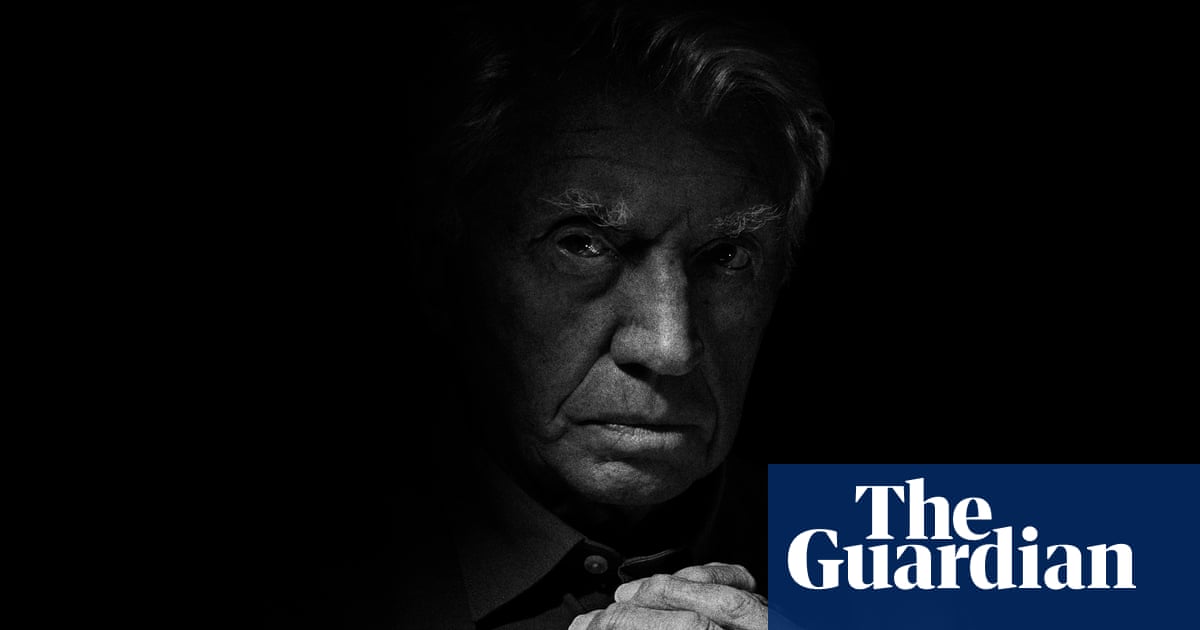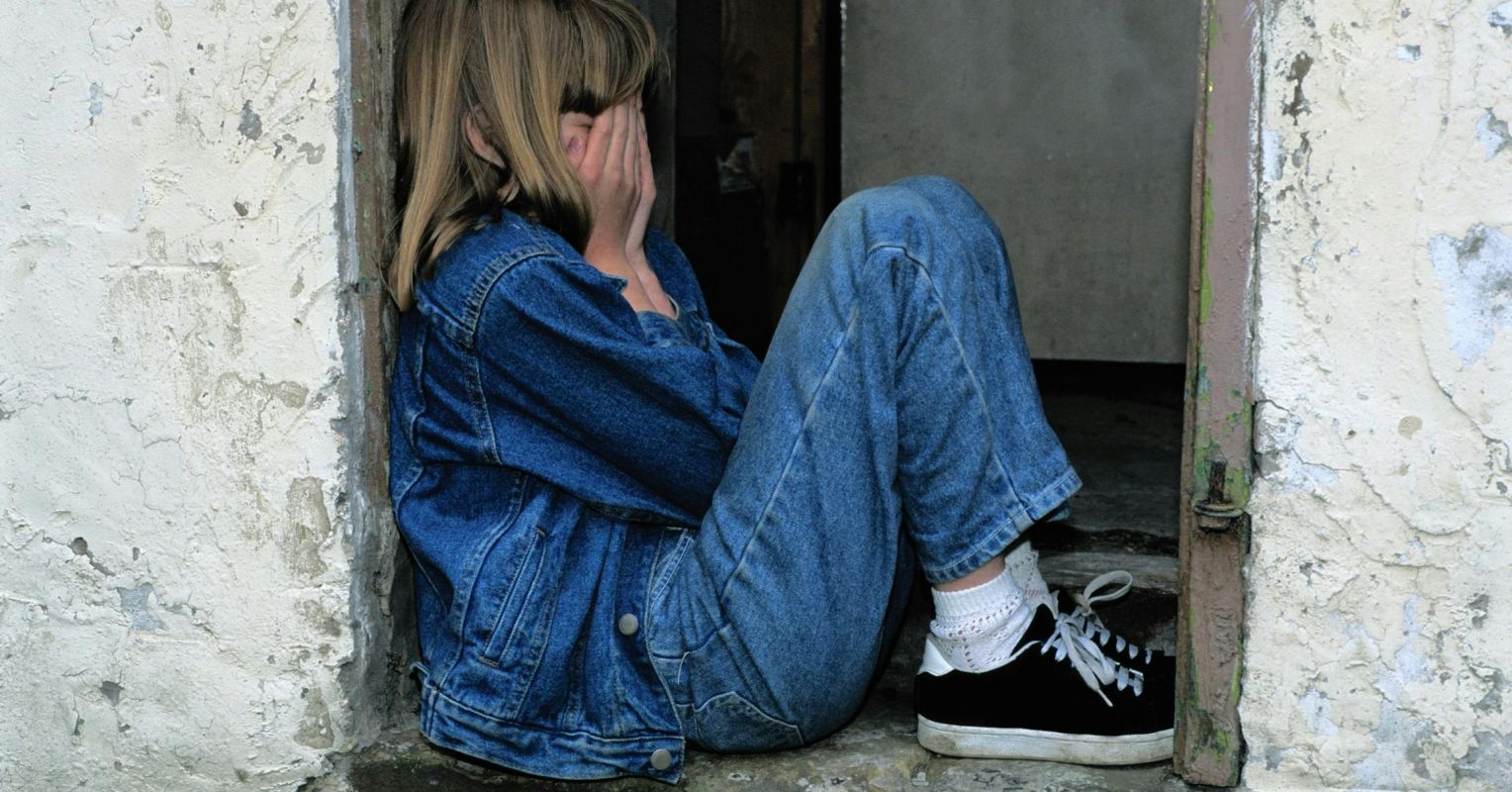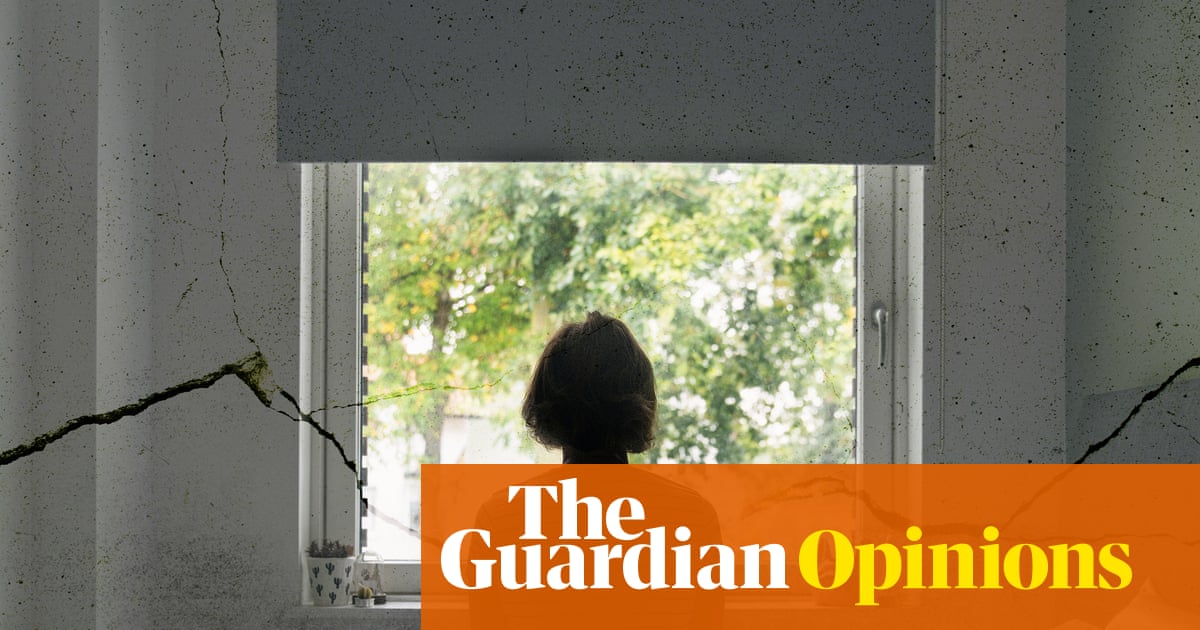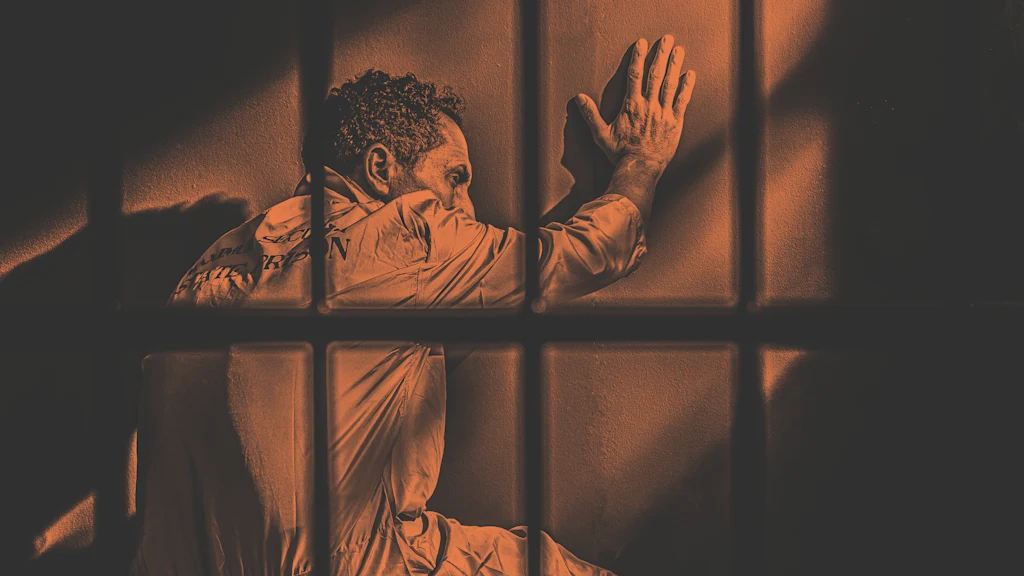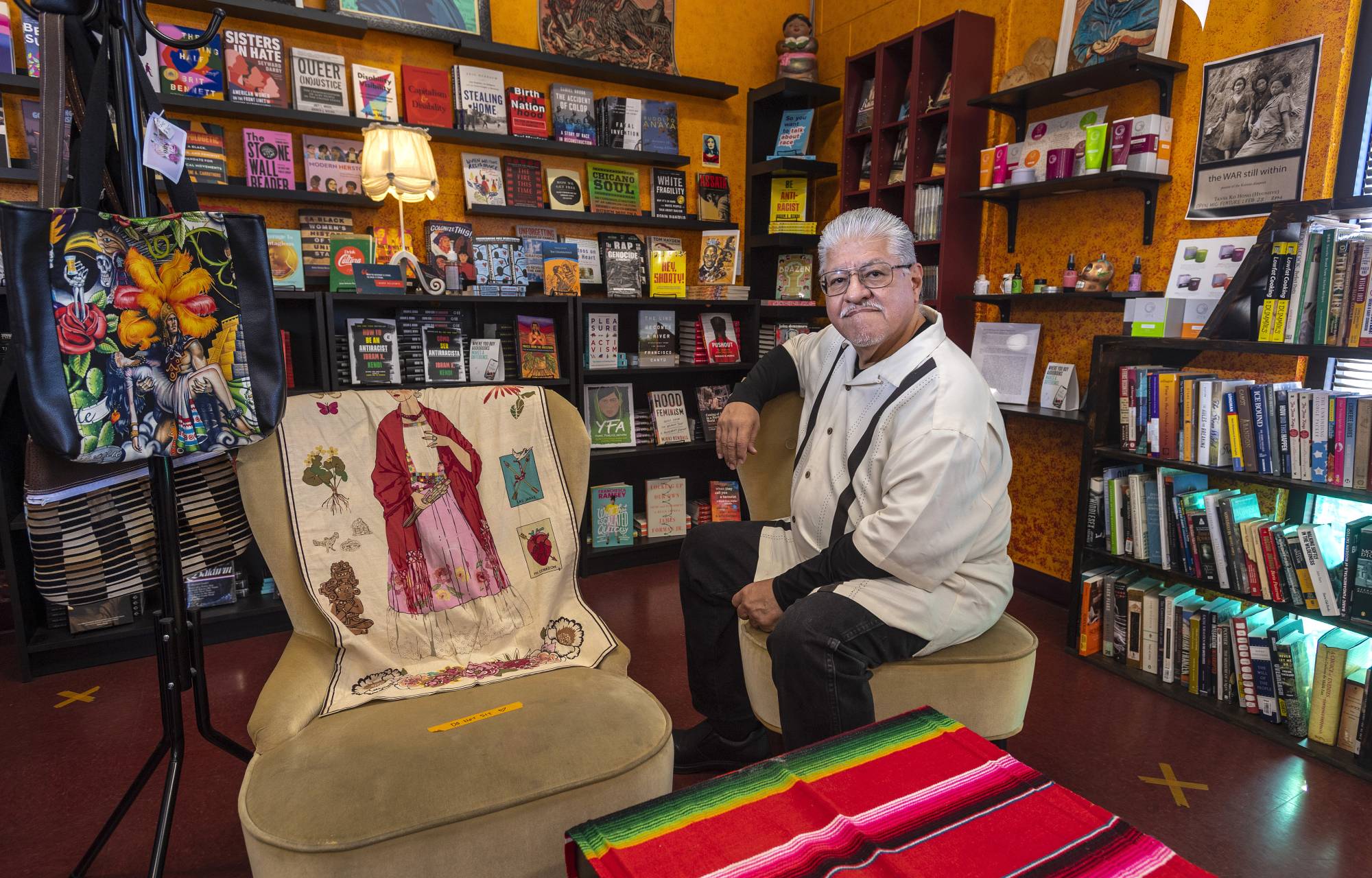#trauma
#trauma
[ follow ]
#mental-health #resilience #healing #boundaries #gaza #neurobiology #nervous-system #displacement #ptsd
fromPsychology Today
1 week agoDoes Trauma Cause Body-Focused Repetitive Behaviors? Not Quite
When the causes of body-focused repetitive behaviors (BFRBs), such as hair pulling (trichotillomania), skin picking (excoriation disorder), or nail biting, are discussed, the question often arises: Are these behaviors caused by trauma? It's a fair question. The assumption makes intuitive sense. Many behaviors that cause physical harm or distress are linked to emotional pain or traumatic experiences. However, the science paints a more nuanced picture.
Mental health
fromPsychology Today
1 week agoFrom Fire to Sun: Why Therapy Fails
Many approaches treat trauma responses as "low-level" cognition: primitive, irrational, something to overcome through reason. They offer cognitive restructuring: "Let's examine the evidence that you're safe now." But this misses what's actually happening. My clients haven't failed to learn-they've learned extraordinarily well. They've achieved a sophisticated, integrated understanding of how to survive in genuinely dangerous contexts. The problem isn't that their thinking is distorted. It's that their highly accurate thinking is organized around contexts that were destroying them.
Mental health
World news
fromLondon Business News | Londonlovesbusiness.com
1 week agoThe man Russia tried to break: Part three the reconstruction of a man - London Business News | Londonlovesbusiness.com
A freed captive feels disoriented and overwhelmed by sensory relief, struggling to process freedom while craving ordinary foods and wondering what comes next.
fromPsychology Today
1 week agoWhat if You're Not the Problem, but the Pattern?
"I want to live a life I'm not disturbed by." It was an intense session with a new client, a 30-something single mother baffled by a long and winding trail of chaotic relationships-from partners whose fingers kept sneaking back to dating apps, to outbursts of rage toward those she loved most, often triggered by something trivial. A kind, intelligent woman with gentle eyes and a warm demeanor,
Mental health
fromConsequence
1 week agoBritney Spears Says She Has "100 Percent" Experienced "Brain Damage"
Remember the king tried to kill her but instead a guy secretly took her wings but anything from the father in heaven the real father whom is the one I only claim who loves unconditionally, Anything holy is never forgotten... her wings were holy so the king couldn't take them not one person could say they were restored and hidden locked in a secret holy stain glass church... not that this has any relevance with me but I do find it incredibly interesting.
Music
Miscellaneous
fromIndependent
2 weeks agoTanya Sweeney: I got three no-fault eviction notices in four years, so watching Aoife McGrath's viral video brought back bad memories
Aoife McGrath's TikTok of opening a registered letter triggered immediate physical and emotional reactions by resurfacing traumatic memories associated with such letters.
Miscellaneous
fromIndependent
3 weeks ago'I thought she was asking for help or directions' - young Indian woman racially harassed in Dublin city centre
A 24-year-old Indian data analyst in Dublin was racially harassed while walking home and remains traumatized; others have reported similar encounters with the same person.
fromwww.theguardian.com
3 weeks agoThank God we witnessed this': Palestinians on the ceasefire deal - Today in Focus Extra
In the early hours of Thursday morning, both Palestinians and Israelis were celebrating the news that a ceasefire deal between Israel and Hamas had been reached. Though there are still many uncertainties ahead and many points of disagreement to resolve an end to Israel's two-year war in Gaza has never seemed nearer. As Ansam Tantesh, an English graduate and would-be teacher, explains from inside Gaza, it has been a brutal period for those living in the strip.
World news
fromBuzzFeed
4 weeks agoThese Horrifying Delivery Room Stories Will Make You Want To Settle For Being A Cat Mom
Let's get this out of the way: I'm not a mom. I've never been pregnant. I've never given birth. So no, I don't have any firsthand stories. But I'm the youngest of four daughters - and I've heard plenty. And honestly, our mom ruined us. She loved being pregnant. She raved about her glowing skin, thick hair, and strong nails.
Parenting
fromIndieWire
1 month agoYes, Daniel Day-Lewis' Infamous Method Acting Style Is Just Like You've Heard, According to His Son
Situated above Ronan Day-Lewis, the writer/director of " Anemone" and son of Rebecca Miller and the film's star Daniel Day-Lewis, in his apartment is a painting of a luminescent creature you'll meet in the film during a particularly dreamy sequence. Day-Lewis, 27, is a painter himself, having shown work in New York, Los Angeles, Hong Kong, and beyond. He spoke to me over Zoom from his place in New York, where he just premiered " Anemone " at the New York Film Festival.
Film
fromPsychology Today
1 month agoThe Secret Superpower of Vulnerability
In his book The Narrative Brain: The Stories Our Neurons Tell, he points out that most of the Grimm brothers' fairy tales center on the vulnerability of their heroes. This vulnerability is often borne out of an earlier trauma-abandonment or orphanhood, for example-which leaves its character hypervigilant to danger and presumably with a certain level of cunning at recognizing and responding to that threat.
Psychology
fromPsychology Today
1 month agoOvercoming the Victim Mindset: Insights from 'Rise Above'
In Rise Above: Overcome a Victim Mindset, Empower Yourself, and Realize Your Full Potential (Penguin, 2025), psychologist Scott Barry Kaufman delivers a timely and incisive critique of what he calls "victim mindset culture"-the growing tendency for individuals to view themselves primarily through the lens of past hurts and limitations, rather than as active agents in their own growth and transformation.
Books
fromwww.theguardian.com
1 month agoGhost Trail review pain and paranoia as a Syrian refugee attempts to track down his torturer
The face of a Syrian refugee is the enigmatic key to this slow-burning drama-thriller, the fiction feature debut of French film-maker Jonathan Millet; it is hard, blank, withdrawn, yet showing us an inexpressible agony, a suppressed, unprocessed trauma, complicated by what is evidently a new strategic wariness. The refugee is Hamid (played by Adam Bessa), a former literature professor from Aleppo who is now in Strasbourg in France in 2016,
Film
fromBusiness Insider
1 month agoWe don't need more rigid screen rules and detoxes from phones
I was standing there, frozen in front of the shelves, phone in hand, scrolling through food lists that led to recipes that sucked me into the latest health trends. Ten minutes earlier, I'd come in for a bottle of almond milk. Now I was knee-deep in articles about the "five fruits to reverse aging" and a thread debating which pasture-raised vs organic eggs. My cart sat empty, my body stood still, but my thumb kept moving.
Mental health
fromPsychology Today
1 month agoGrowing Through What We Go Through
Western culture has taught us that suffering is a problem to be solved, discomfort a symptom to be medicated away, and trauma something to avoid at all costs. Yet, research by psychologists Richard Tedeschi and Lawrence Calhoun suggests we may have this entirely backwards. Their work on post-traumatic growth reveals that some of life's most profound transformations-positive changes in self-perception and relationships, greater self-awareness and confidence,
Mental health
US politics
fromLos Angeles Times
1 month ago'Is being gay a crime?' Venezuelan makeup artist rebuilds life after 125 days in El Salvador prison
Venezuelan men deported to El Salvador suffered severe trauma, public exposure, and legal jeopardy despite lacking criminal records or proper access to counsel.
Film
fromIrish Independent
1 month agoFilm review: 'Steve' - Cillian Murphy proves a class act with a troubled youngster, but can either escape the gravitational pull of their past traumas?
Cillian Murphy's principal Steve balances authority and empathy at a 1996 English reform school where a documentary crew's arrival escalates tensions and exposes trauma.
Books
fromwww.theguardian.com
1 month agoFires Which Burned Brightly by Sebastian Faulks review a grief-infused puzzle of a memoir
Sebastian Faulks recounts a post-war English childhood marked by suburban routines, boarding-school discipline, concealed wartime heroism, and later psychological collapse despite academic success.
fromPsychology Today
1 month agoAm I Being Toxic in My Relationship Without Realizing It?
Have you ever gone completely quiet in the middle of an argument-your mind blank, your mouth frozen? Or felt so overwhelmed after a fight that you left-not just the room, but the relationship itself? I've been there. And for a long time, I didn't know why. I thought I was the problem, or maybe I was just cold. Unavailable. But I've come to understand something important:
Mental health
US news
fromwww.amny.com
2 months agoICE in courts: Wife of Bronx man arrested at Federal Plaza in front of children says it left her family traumatized | amNewYork
ICE agents forcibly removed a Bronx father, Luis, during an immigration hearing at 26 Federal Plaza, separating him from his three children.
fromPsychology Today
2 months agoTrauma, Arousal, and Addiction
Early trauma can have a multitude of detrimental effects and consequences-one of which is dysregulated arousal. Traumatic experiences can disrupt the normal functioning of the autonomic nervous system (ANS) and cause arousal extremes through overactivation of the sympathetic or parasympathetic nervous system (SNS and PNS, respectively). Indeed, individuals with trauma histories can experience hyperarousal (fight or flight mode; SNS activation) or hypoarousal (freeze or numbing; PNS activation) in response to perceived threats (Corrigan et al., 2011; Ogden et al., 2006).
Mental health
fromPsychology Today
2 months agoRestoring Meaning and Relationship in Trauma Therapy
In our current clinical landscape, "trauma" has become a ubiquitous term-both in the scientific literature and in popular discourse. The word is invoked in diagnostic manuals, self-help books, and even casual conversation. The dominant narrative around trauma today often privileges a view of trauma as a "thing"-a technical problem with distinct behavioral, neurobiological, or cognitive symptoms that exists apart from the lived experience of the person.
Psychology
fromPsychology Today
2 months ago10 Reasons Why Psychosis Is Not a Waking Nightmare
He said this to try and make me feel like schizophrenia is nothing that is really that different from what others experience, so I shouldn't feel weird, abnormal, or ashamed. I truly appreciate the intention behind what he is saying; however, it really has me thinking of this analogy, whether it has merit, and what the true differences are between a nightmare and a psychotic break.
Mental health
fromwww.amny.com
2 months agoICE in court: Three months of immigrant raids by masked fed agents continue in Lower Manhattan, with no end in sight | amNewYork
Masked federal agents now routinely patrol the immigration court at 26 Federal Plaza, creating an atmosphere where immigrants fear not the hearings but their outcomes after dismissal.
NYC politics
fromSan Jose Spotlight
2 months agoICE fears keep San Jose students away from school - San Jose Spotlight
Students have dropped out of summer and afterschool enrichment programs, opting to stay home in fear of U.S. Immigration and Customs Enforcement (ICE) agents detaining their family and friends.
Education
fromwww.aljazeera.com
2 months ago'The memory always comes back'
Ismael, 13, and his brother Estebao, 10, recount their abduction by armed members of the ISIL affiliate in Mozambique, emphasizing the traumatic impact it had on them. They were seized from their village while playing, increasing concerns about the rise of child abductions in the Cabo Delgado region.
Public health
Mental health
fromPsychology Today
2 months agoShame, Trauma, and Eating Disorders: What We're Missing
Shame is a core but often overlooked driver of eating disorders in trauma survivors.
Up to 50% of individuals in eating disorder treatment report a history of sexual trauma.
Effective treatment must address shame, not just symptoms, to support lasting recovery.
[ Load more ]




